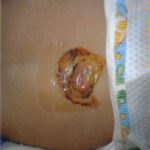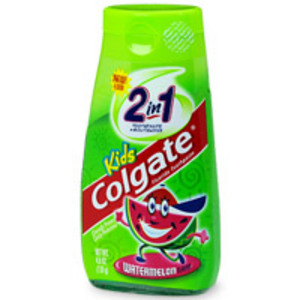Nonketotic Hyperglycinemia (NKH)
A few months ago, a couple I know had twin girls. Beautiful, perfect babies, healthy and thriving …or so we thought… A few hours after they were born, thing began to happen. They became lethargic and could not be awakened. They ceased to respond. They were locked away in a deep, unresponsive sleep and they never woke up. The family was given the horribly sad news. Both of their beautiful baby girls had a condition called nonketotic hyperglycinemia and would die. For other’s who have not heard of this inherited metabolic disorder, or want to learn more about it, I decided to do some research. I was surprised on how little information there was on this terribly sad disease.
Nonketotic Hyperglycinemia (NKH)
Nonketotic hyperglycinemia (NKH) is listed by the ORD (Office of Rare Diseases) of the National Institutes of Health as a rare and incurable inherited metabolic disorder. That means that nonketotic hyperglycinemia affects less than 200,000 individuals in the United States.
NKH, or glycine encephalopathy (GCE), as it is sometimes called, has a very wide spectrum of severity. Most babies born with this disorder die shortly after birth, Before death, they go through a period of lethargy, weak cry, generalized hypotonia (limp, floppy) absent reflexes and periodic myoclonic jerks (brief seizures). Sometimes a child survives for a few years, but with various degrees of mental retardation.
NKH is an autosomal recessive genetic trait and is unknowingly passed down from generation to generation. This faulty gene only emerges when two carriers have children together and pass it to their offspring. For each pregnancy of two carriers, there is a 25% chance that the child will be born with the disease and a 50% chance that child will be a carrier for the gene defect.
NKH is an inborn error of metabolism characterized by the accumulation of large amounts of the amino acid glycine in the blood, urine and, particularly, the cerebrospinal fluid (CSF). The metabolic block occurs in the conversion of glycine into smaller molecules. There are four forms of this disorder: a relatively common neonatal form, an infantile form, a mild-episodic form, and a late-onset form.
The elevated levels of glycine in the brain and CSF cause neurologic impairment which is seen almost immediately after birth. The prognosis is poor, and most patients die in the first few weeks of life. Those who survive have intractable seizures and poor neurodevelopmental outcomes.
Progress has been made during the last decade for a better treatment of NKH but no cure has been found. A few medications help with the more severe symptoms of the disease. Sodium Benzoate has long been used to reduce the excessive glycine in the blood and CSF, although, this must be started early in life to show benefit.
Dextromethorphan is another principal medication added recently to the treatment of NKH children to reduce seizures, but it has relatively strong side effects after long term regular use so the optimal dose for each child is quite different and difficult to regulate.
It appears the best that can be hoped for NKH children is to employ comfort measures along with other medications as they become available. We can only hope that even more accurate diagnosis will be available very soon, and that in the near future, this terribly sad disease will be wiped out completely.
Reference:
- NKH International Family Network: www.nkh-network.org/





